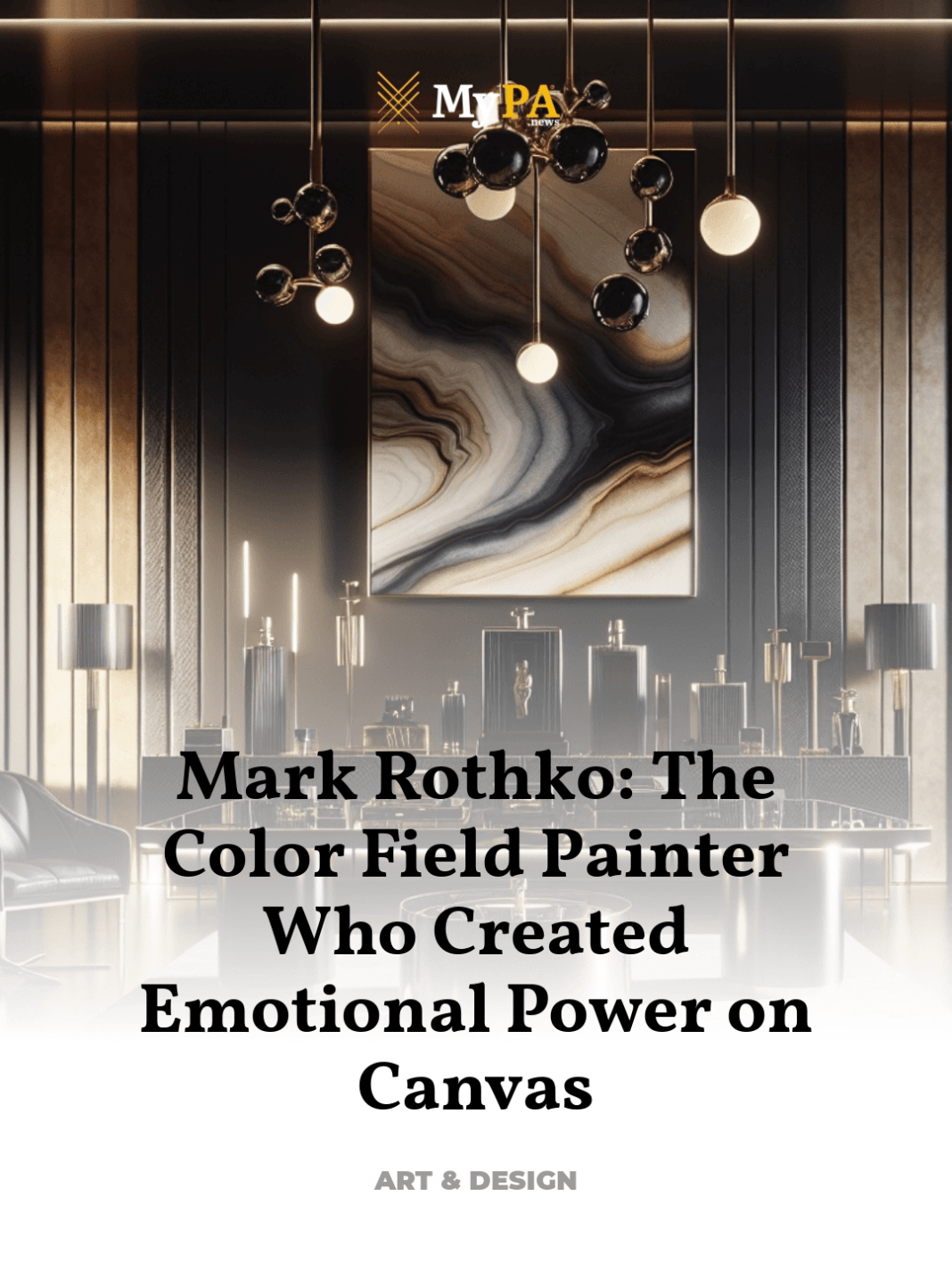Why Rothko’s minimalist masterpieces sell for hundreds of millions
Mark Rothko, an artist of profound depth and emotional intensity, revolutionized the world of modern art with his vibrant, abstract canvases that transcend traditional narrative.
- Early Life and Influences
- Artistic Evolution and the Birth of Color Field Painting
- Rothko’s Masterpieces: A Closer Look
- The Emotional Impact of Rothko’s Work
- Rothko’s Enduring Legacy and Cultural Value
- Understanding Rothko’s Artistic Magnitude
Early Life and Influences
Born in Dvinsk, Russia in 1903, Mark Rothko (born Markus Yakovlevich Rothkowitz) emigrated to the United States, settling in Portland, Oregon. His early exposure to the political unrest and the vibrant cultural tapestry of his homeland infused him with a deep sense of human tragedy and a nuanced understanding of cultural heritage.
Rothko’s academic journey at Yale University, although short-lived, exposed him to Nietzsche’s philosophy, which profoundly influenced his artistic direction. His early works were heavily rooted in human emotion and expression, themes that would permeate his later works.
Artistic Evolution and the Birth of Color Field Painting
Rothko’s artistic trajectory took a significant turn in the late 1940s when he began to experiment with abstraction. Moving away from figurative representation, he focused on basic forms and emotional resonance through colors. This period marked the genesis of what would later be known as Color Field Painting, a style characterized by large fields of flat, solid color spread across or stained into the canvas, creating areas of unbroken surface and a flat picture plane.
The transition to this style was not abrupt but rather a gradual shift that reflected Rothko’s deepening interest in creating works that evoke a spiritual or mystical response from the viewer. He believed that art was a profound form of communication, capable of expressing the most inexpressible human emotions.
Rothko’s Masterpieces: A Closer Look
Rothko’s signature works, which feature large blocks of color, blurred boundaries, and a seeming glow that appears to bring the canvas to life, invite viewers into a meditative state. Each piece is an invitation to an emotional and spiritual journey. Notable works such as “Orange, Red, Yellow” (1961) and “No. 61 (Rust and Blue)” (1953), showcase Rothko’s skill in using colors to communicate deeper feelings of tragedy, ecstasy, and doom.
The colors used are not just mere hues; they are carriers of emotion, each chosen and blended with meticulous care to evoke specific responses. Rothko’s ability to manipulate color to convey emotion is what sets his works apart in the realm of abstract art.
The Emotional Impact of Rothko’s Work
The emotional power of Rothko’s paintings can be overwhelming. Viewers often report feelings of envelopment and immersion as they engage with his canvases. This overwhelming sensory experience is what Rothko aimed for, seeking to elicit a pure, emotional reaction that could transcend the physicality of the paintings themselves.
His works are not just seen; they are felt. This emotional depth is what makes Rothko’s art so valuable and enduring. It connects on a universal level, reaching out to the viewer’s core emotional and existential experiences.
Rothko’s Enduring Legacy and Cultural Value
Rothko’s influence on the art world and beyond is monumental. His approach to color and form has inspired countless artists, designers, and thinkers. His works are prominently displayed in major museums around the world, including the Rothko Chapel in Houston, Texas, which stands as a testament to his vision of art as a transformative, communal experience.
The cultural value of Rothko’s work is also reflected in the high regard with which his paintings are held in the global art market. His ability to convey complex human emotions through seemingly simple canvases has made his art not only sought after but deeply respected and cherished.
Understanding Rothko’s Artistic Magnitude
Mark Rothko’s art transcends the visual to become a profound communicative medium, speaking directly to the primal, emotional centers of the human experience. His masterful use of color as a language of emotion creates a timeless, universal appeal, ensuring his place as one of the most revered artists in the history of modern art.
For further exploration of Rothko’s life and works, visit authoritative sources such as the Rothko Chapel’s official website.



